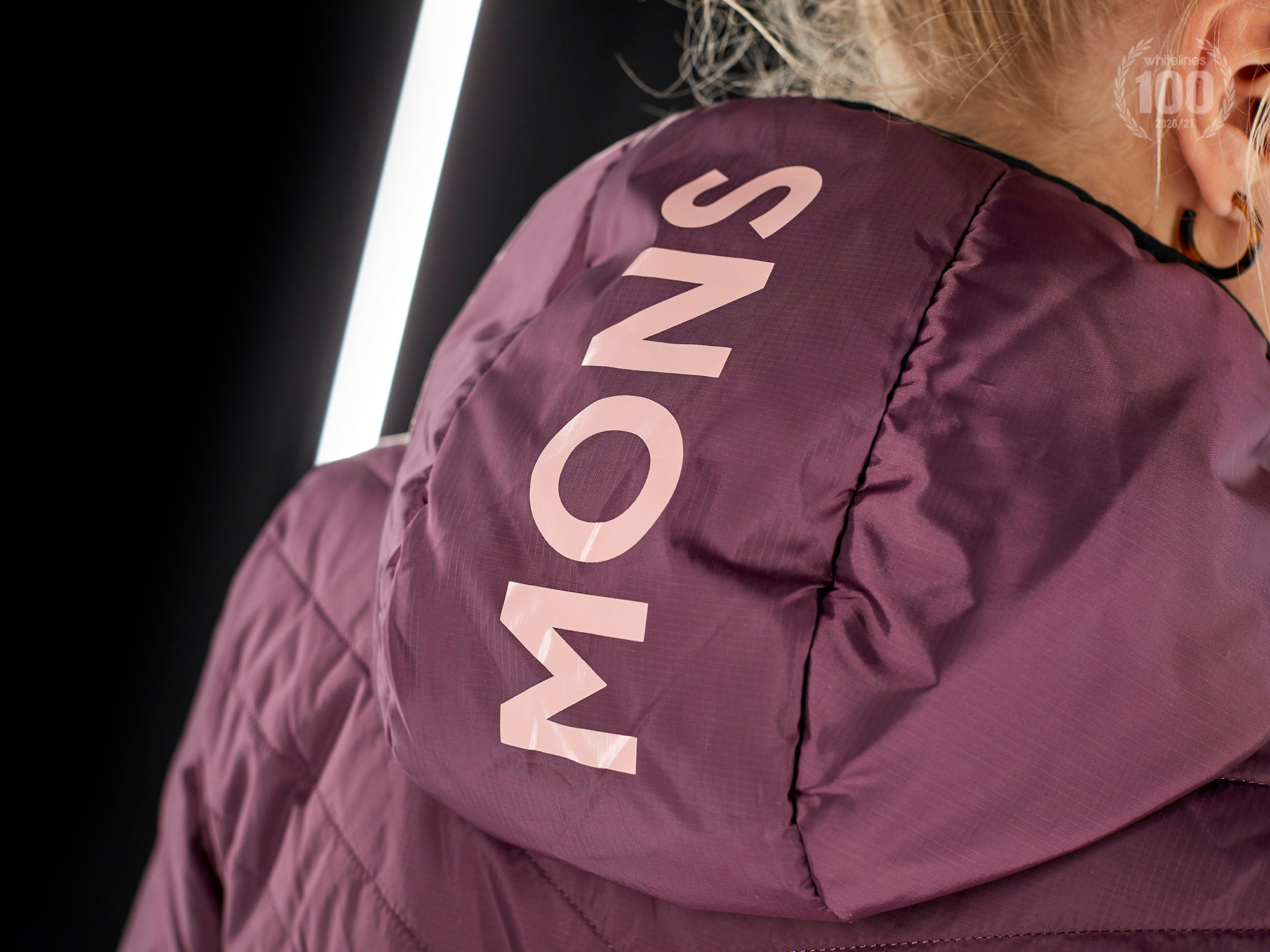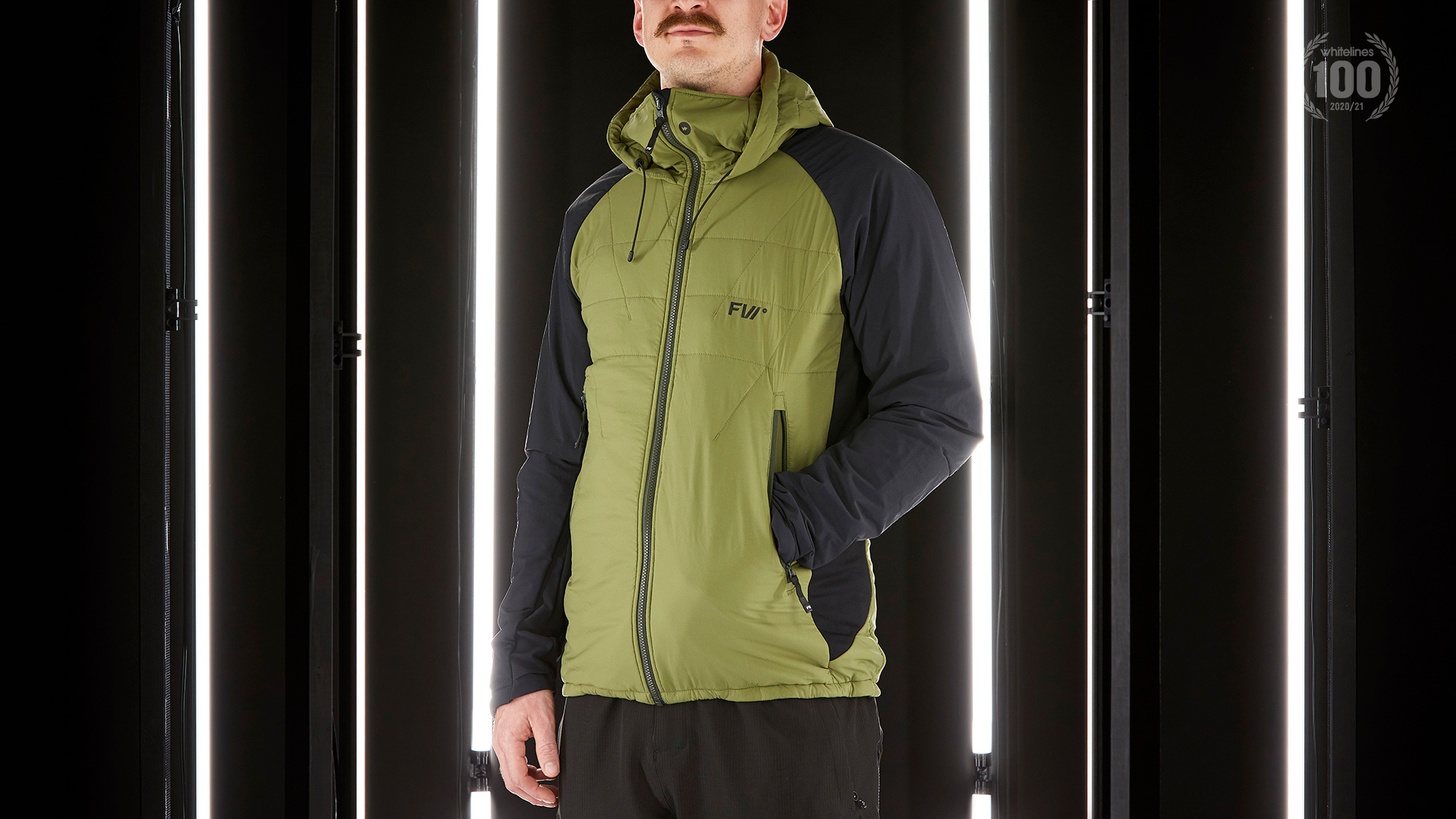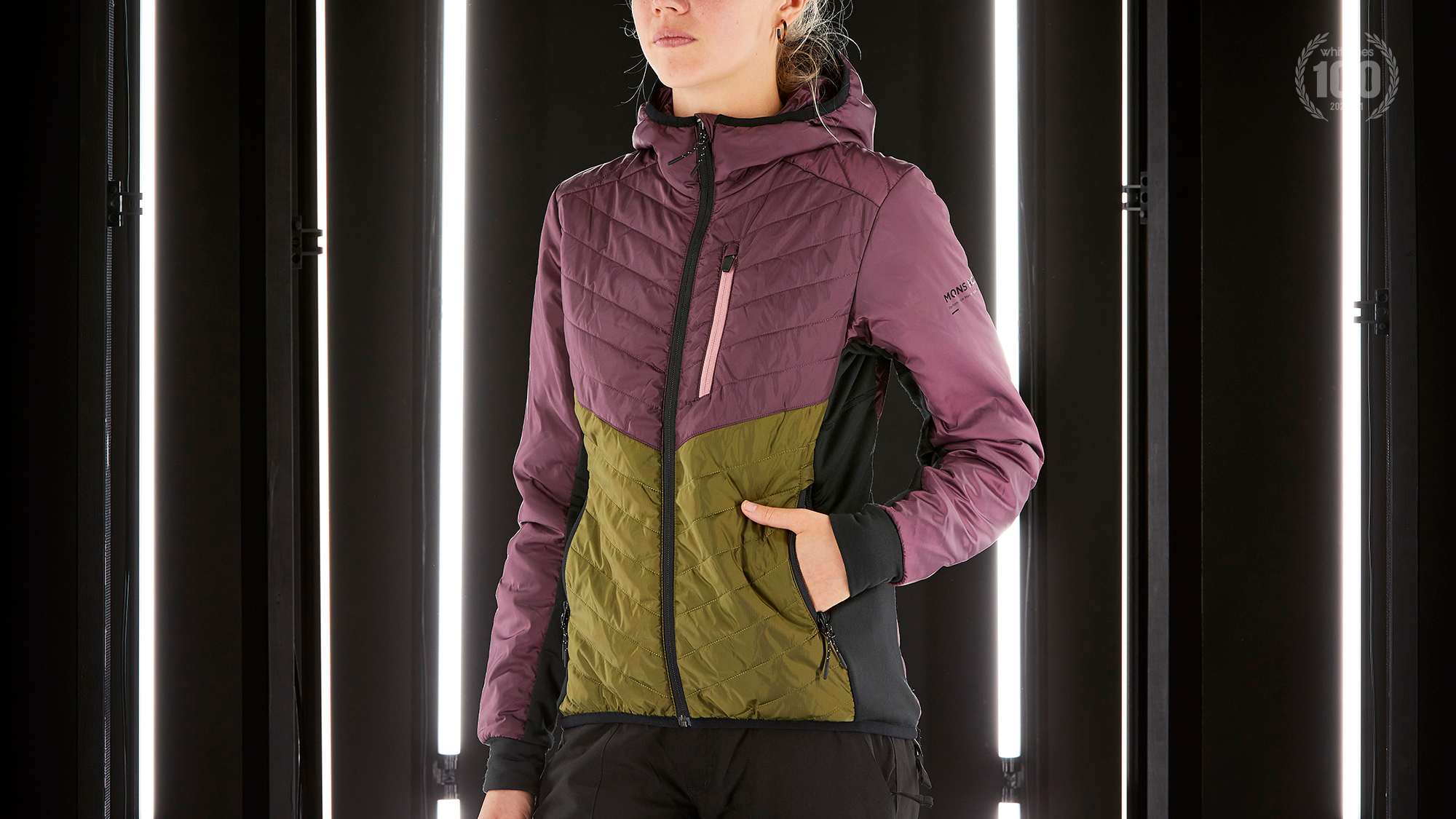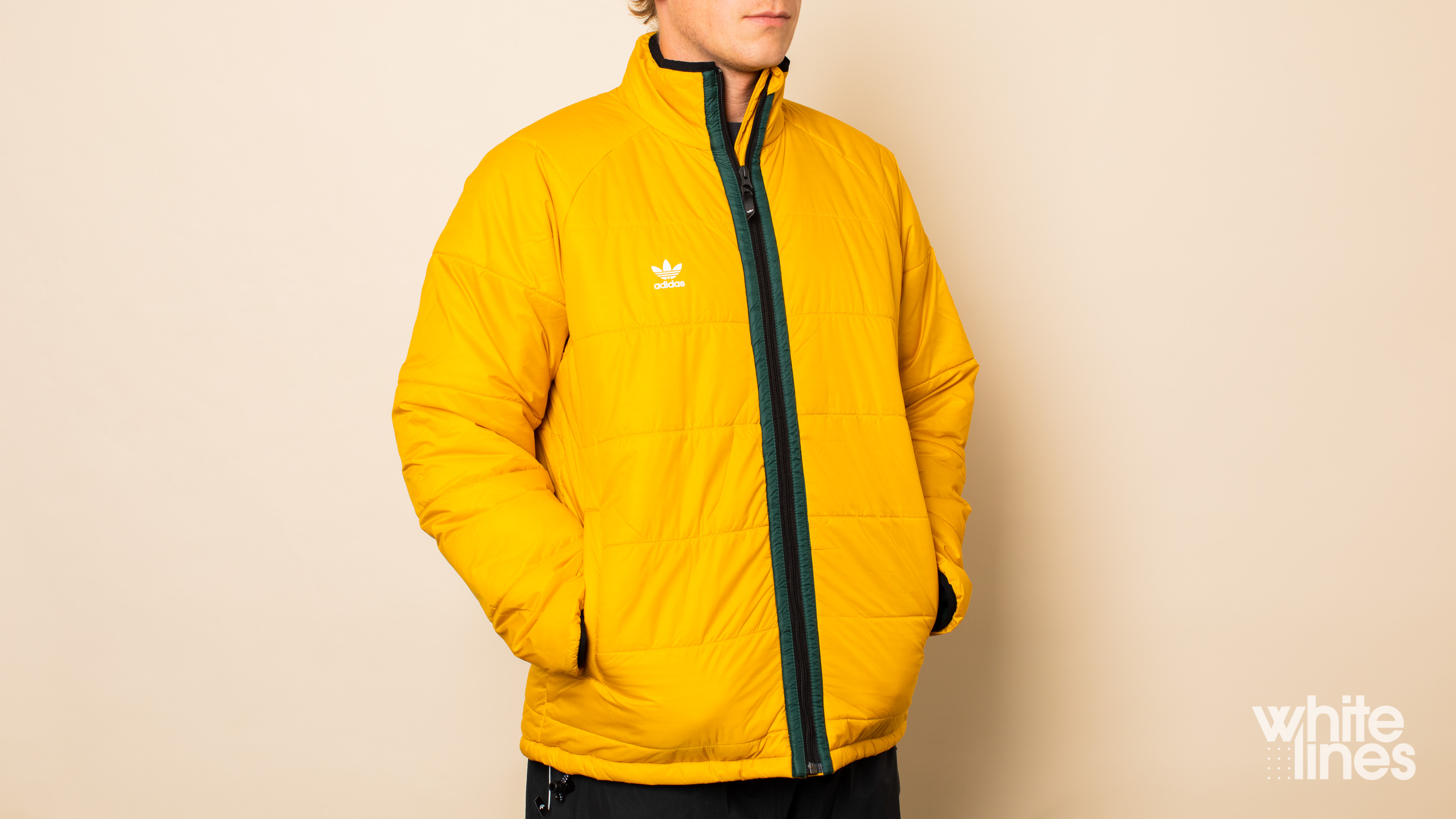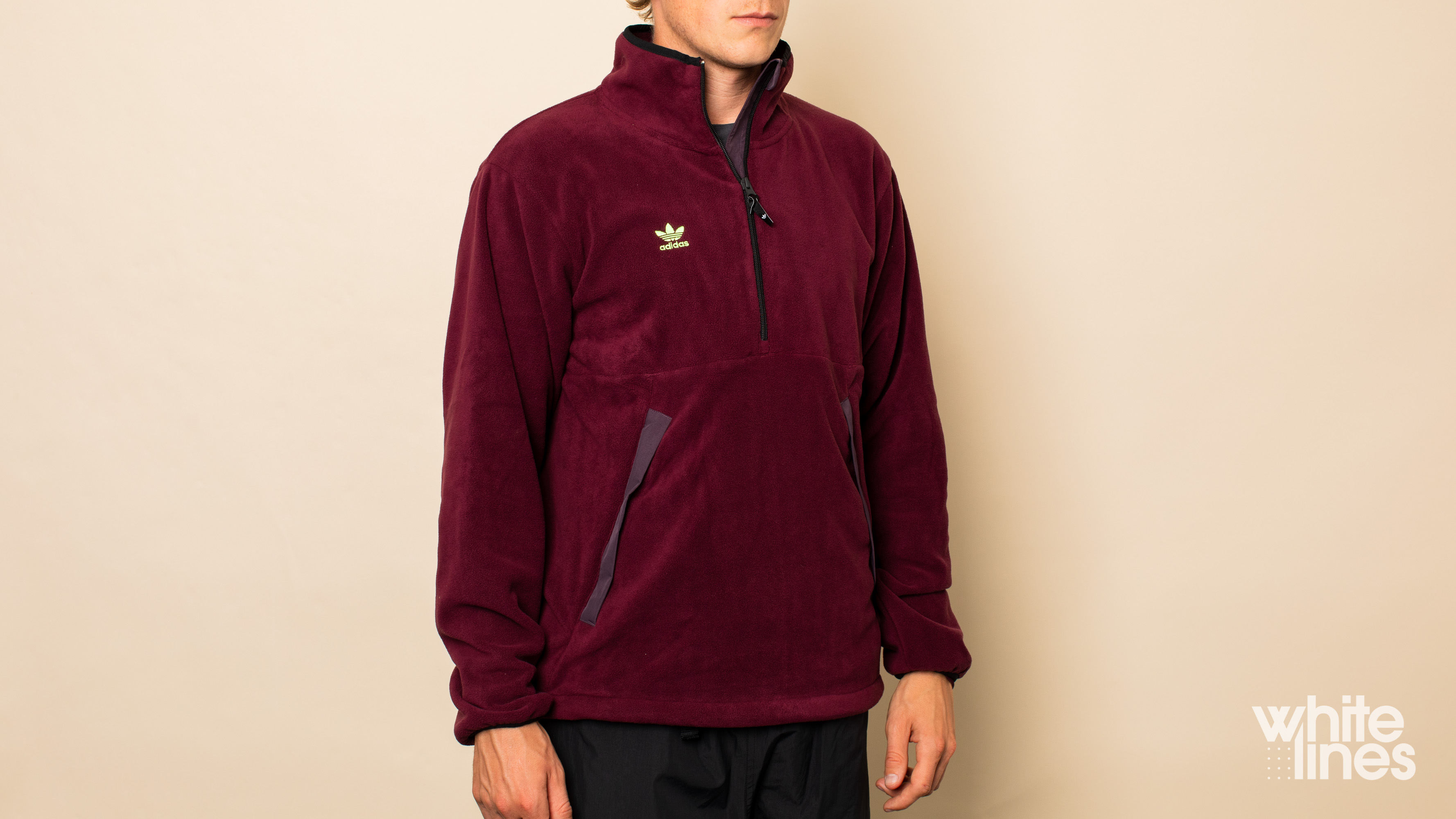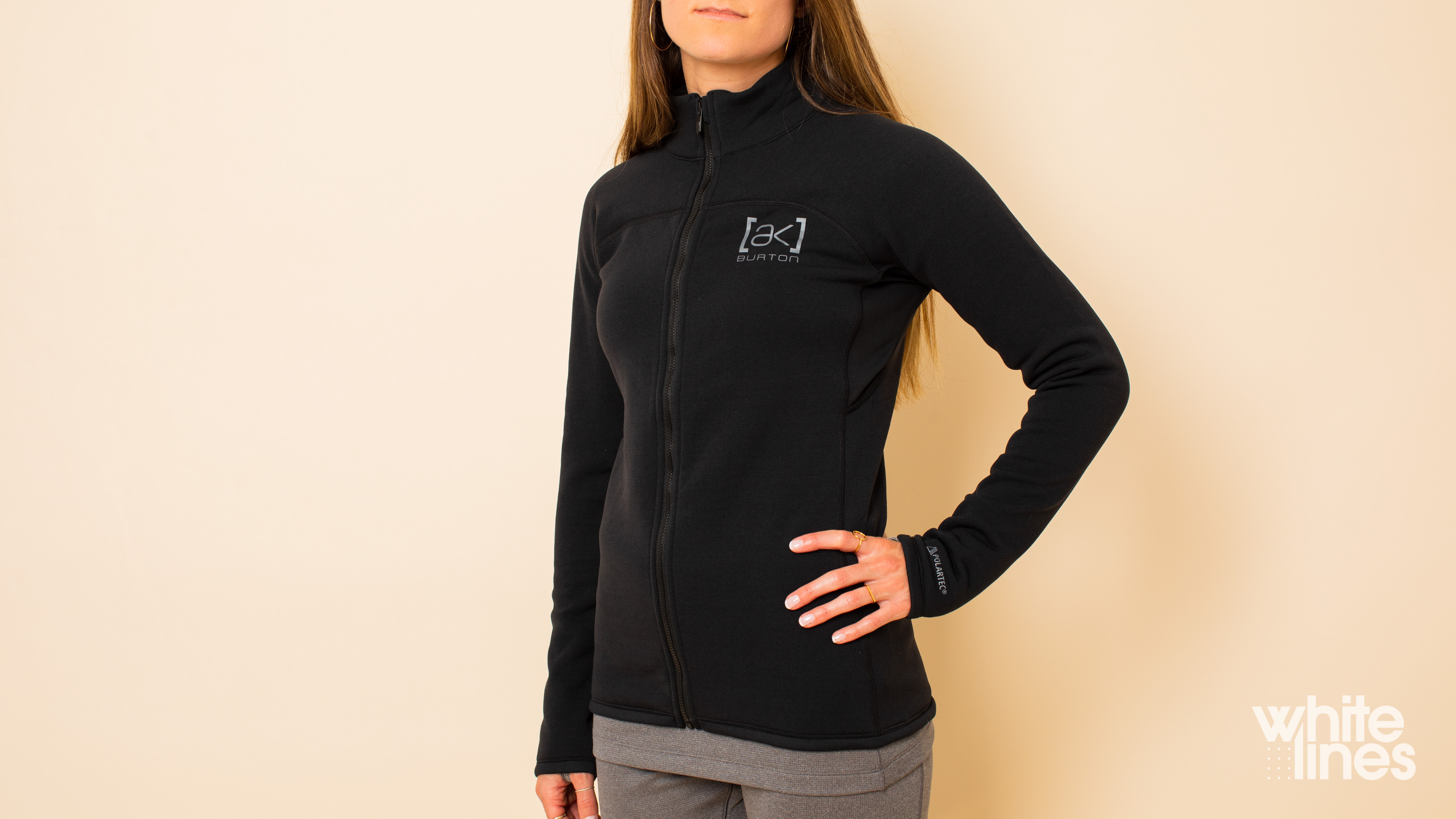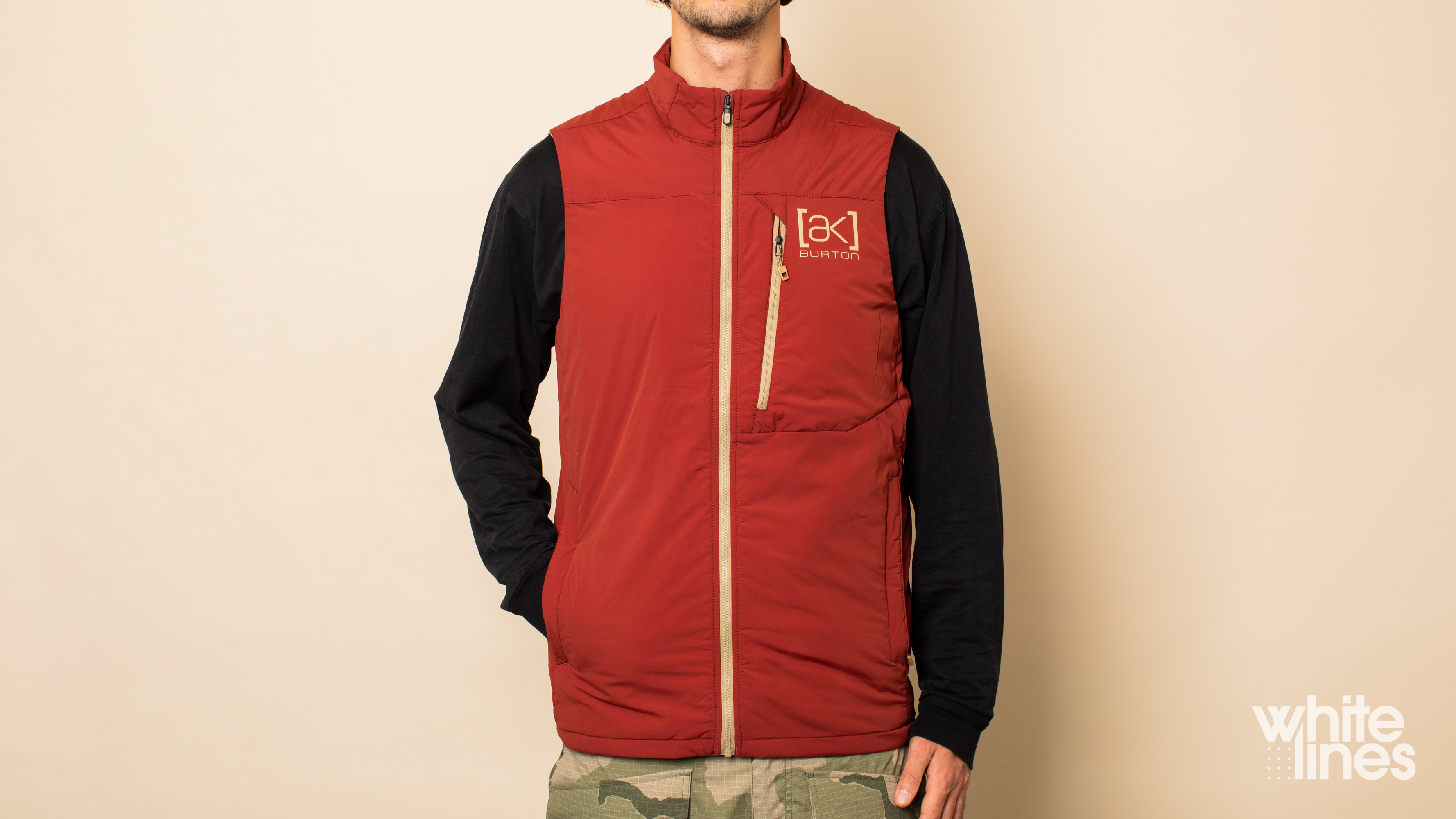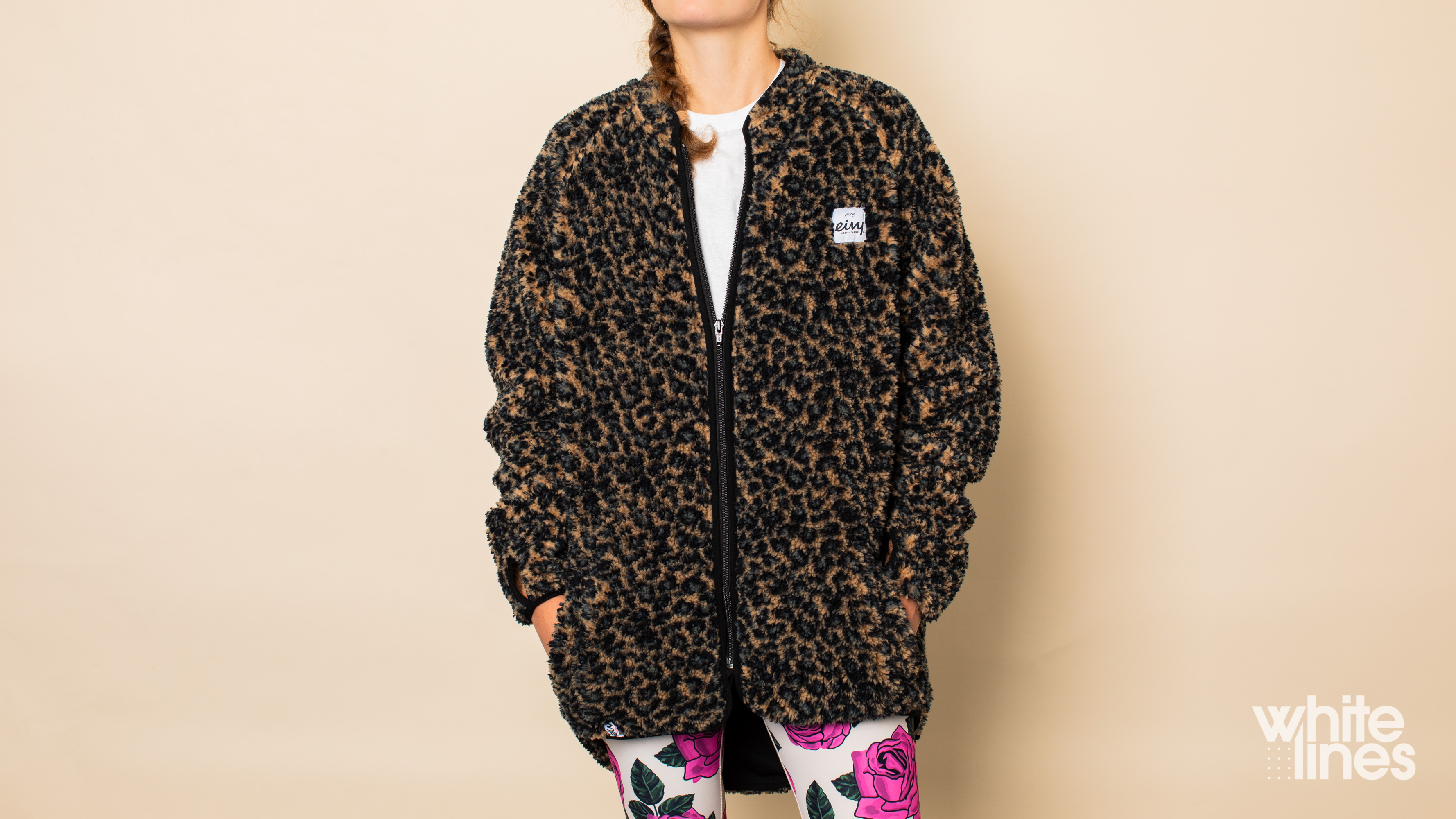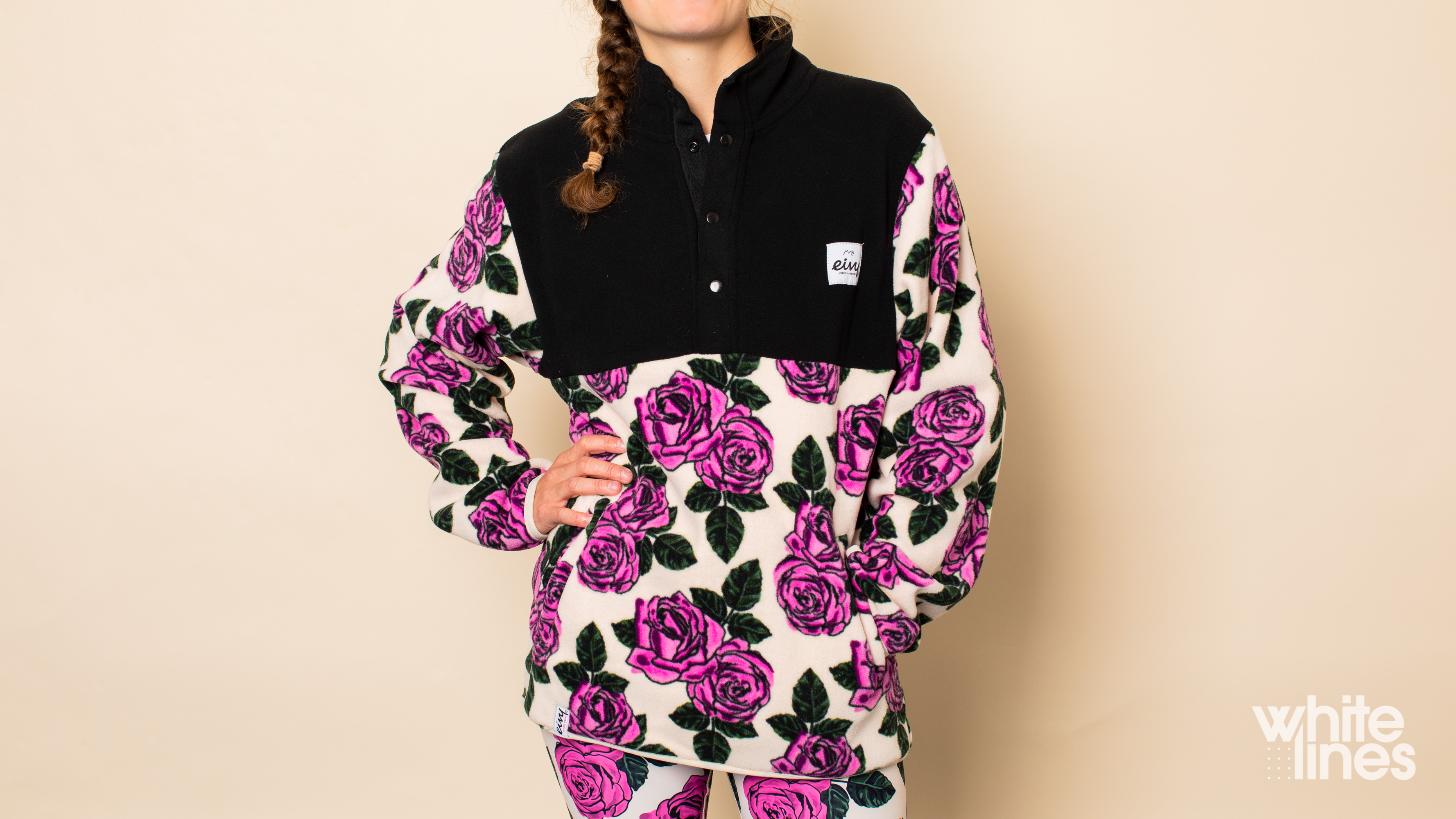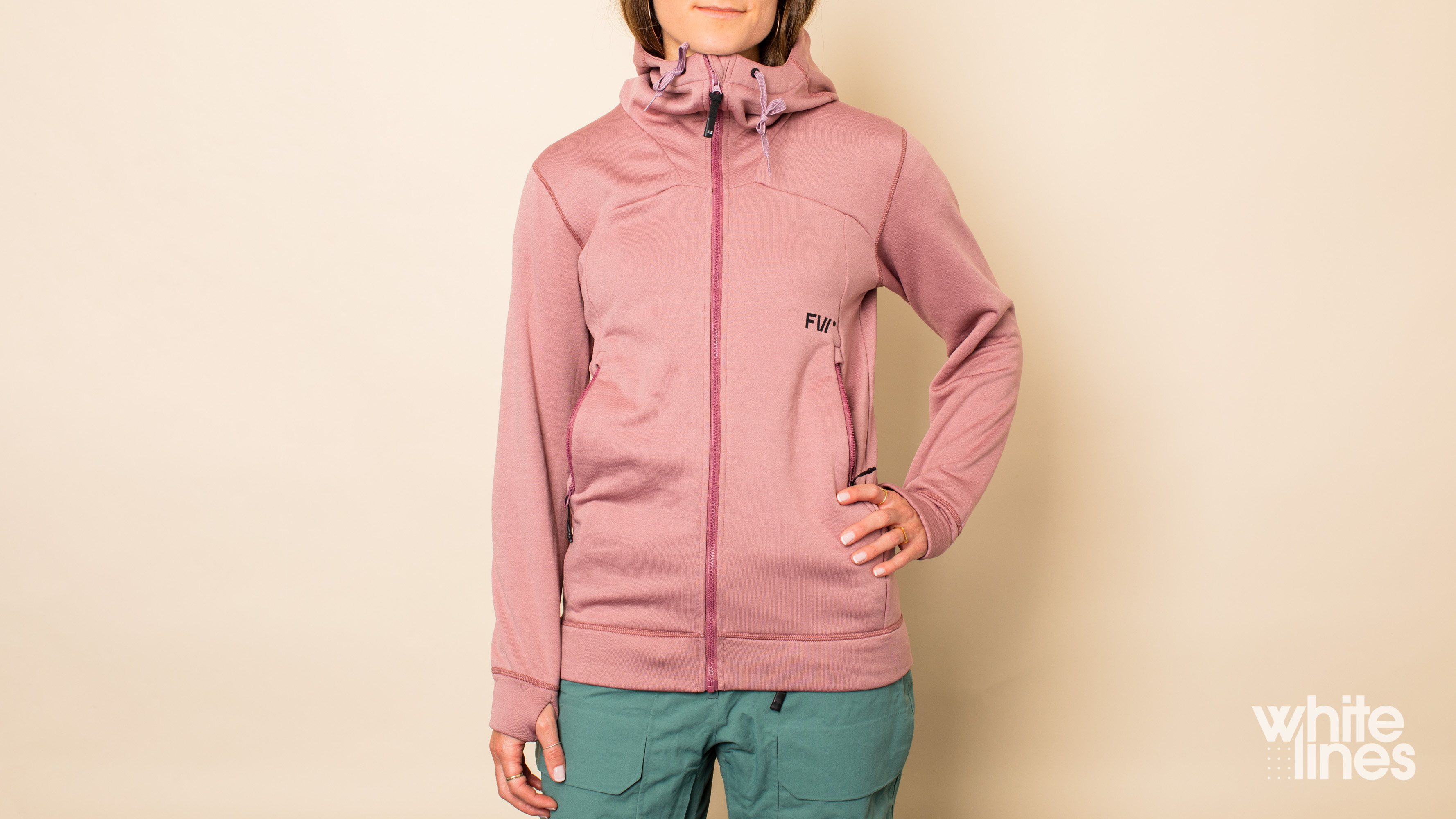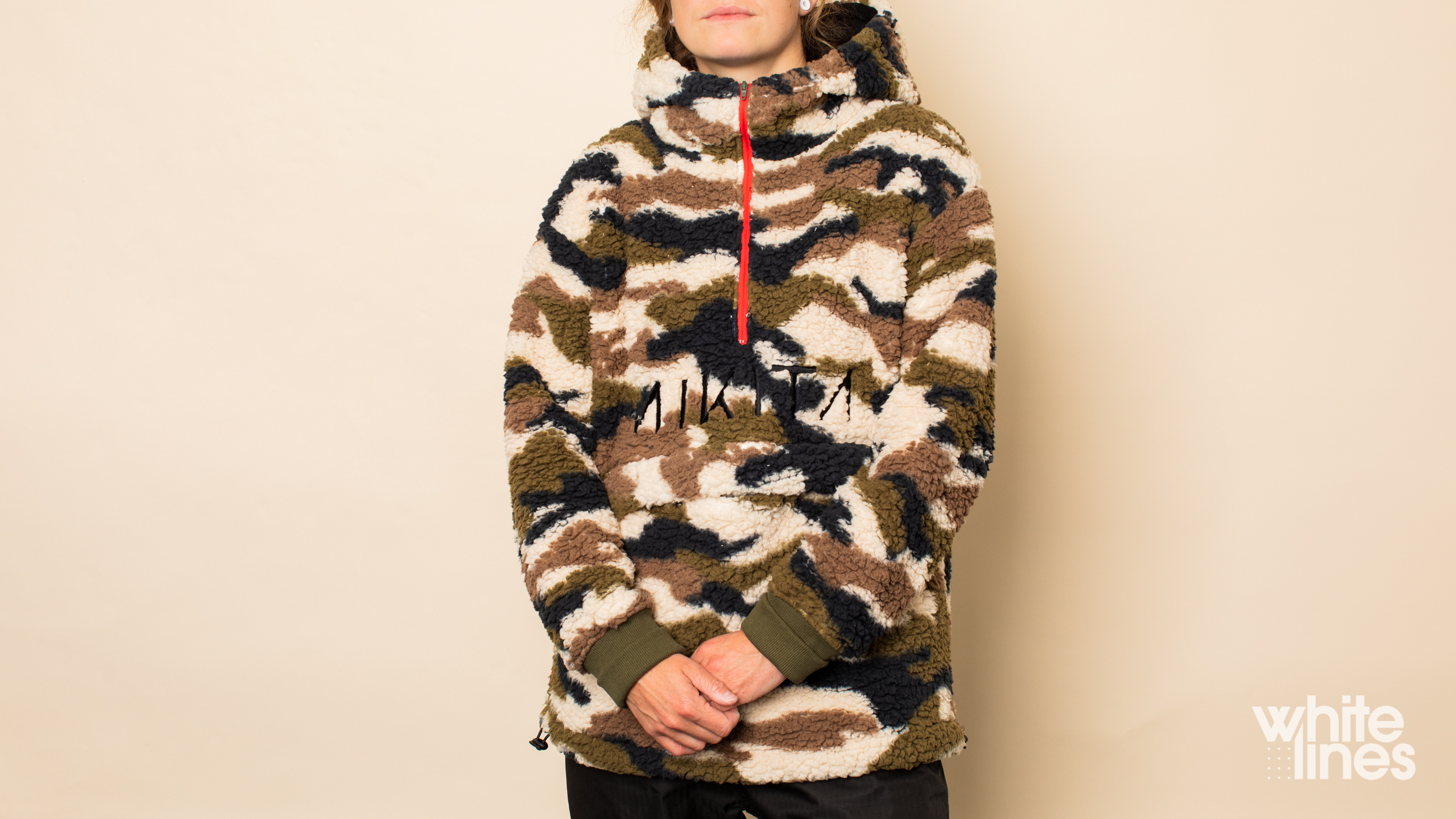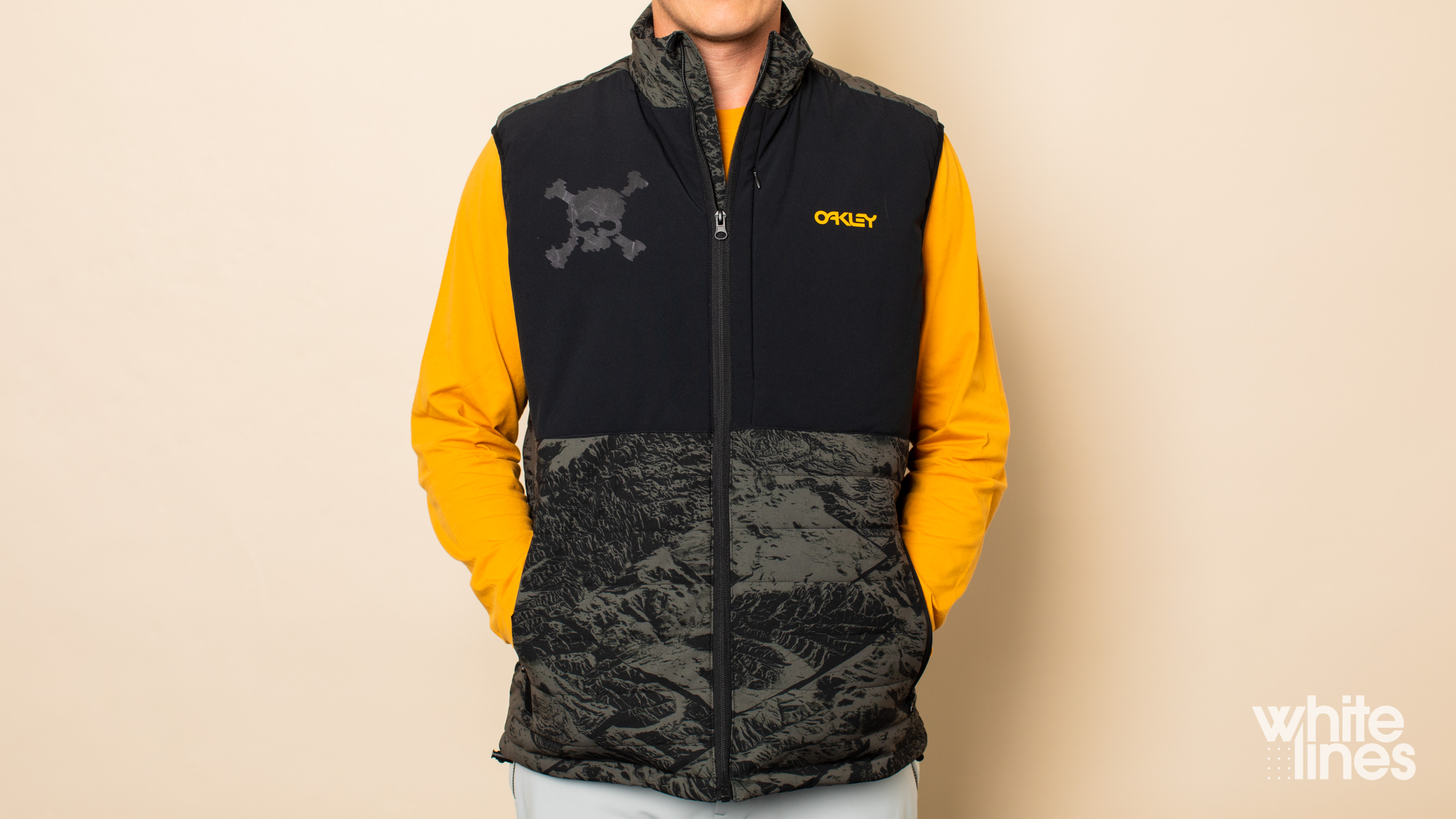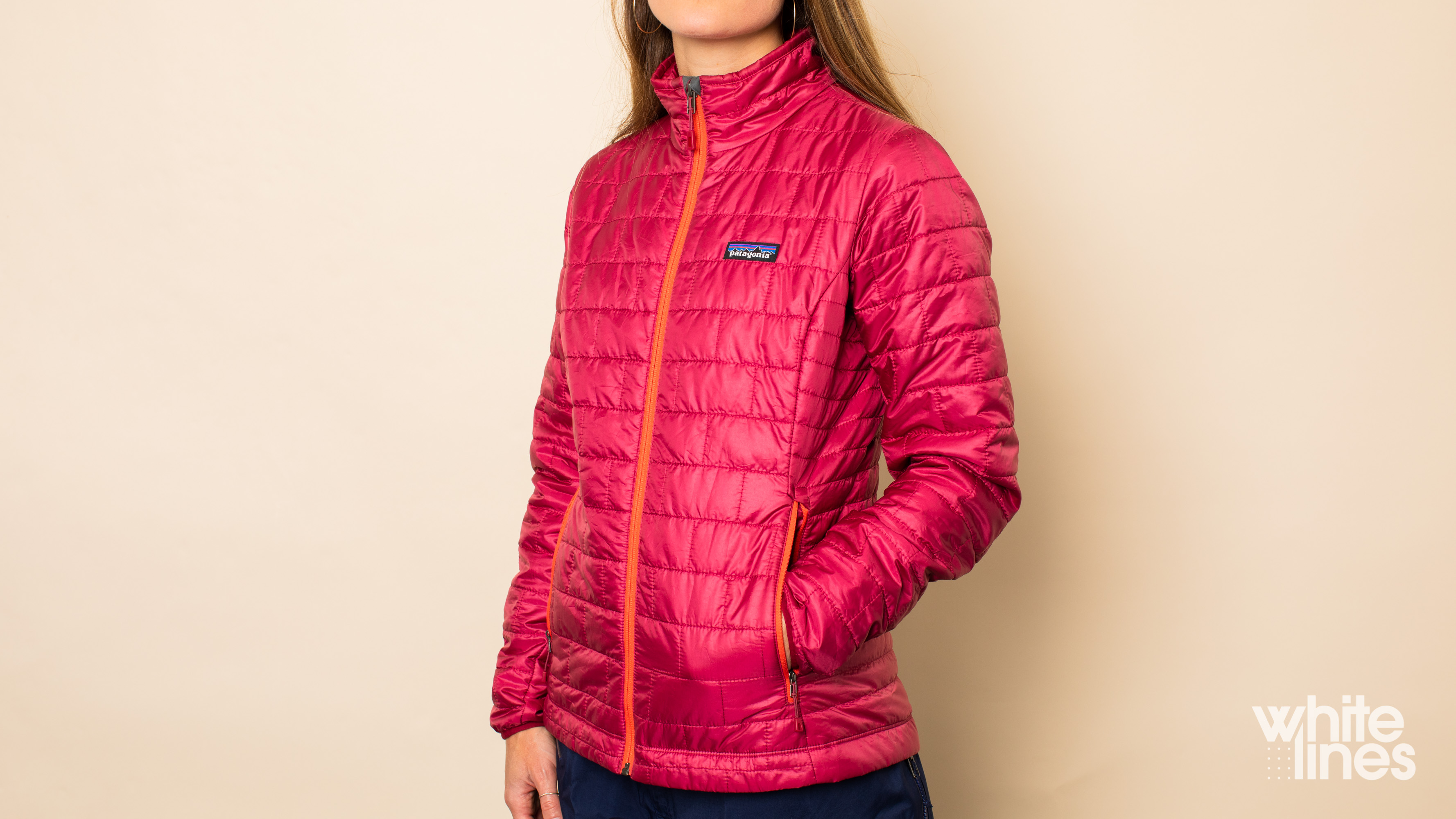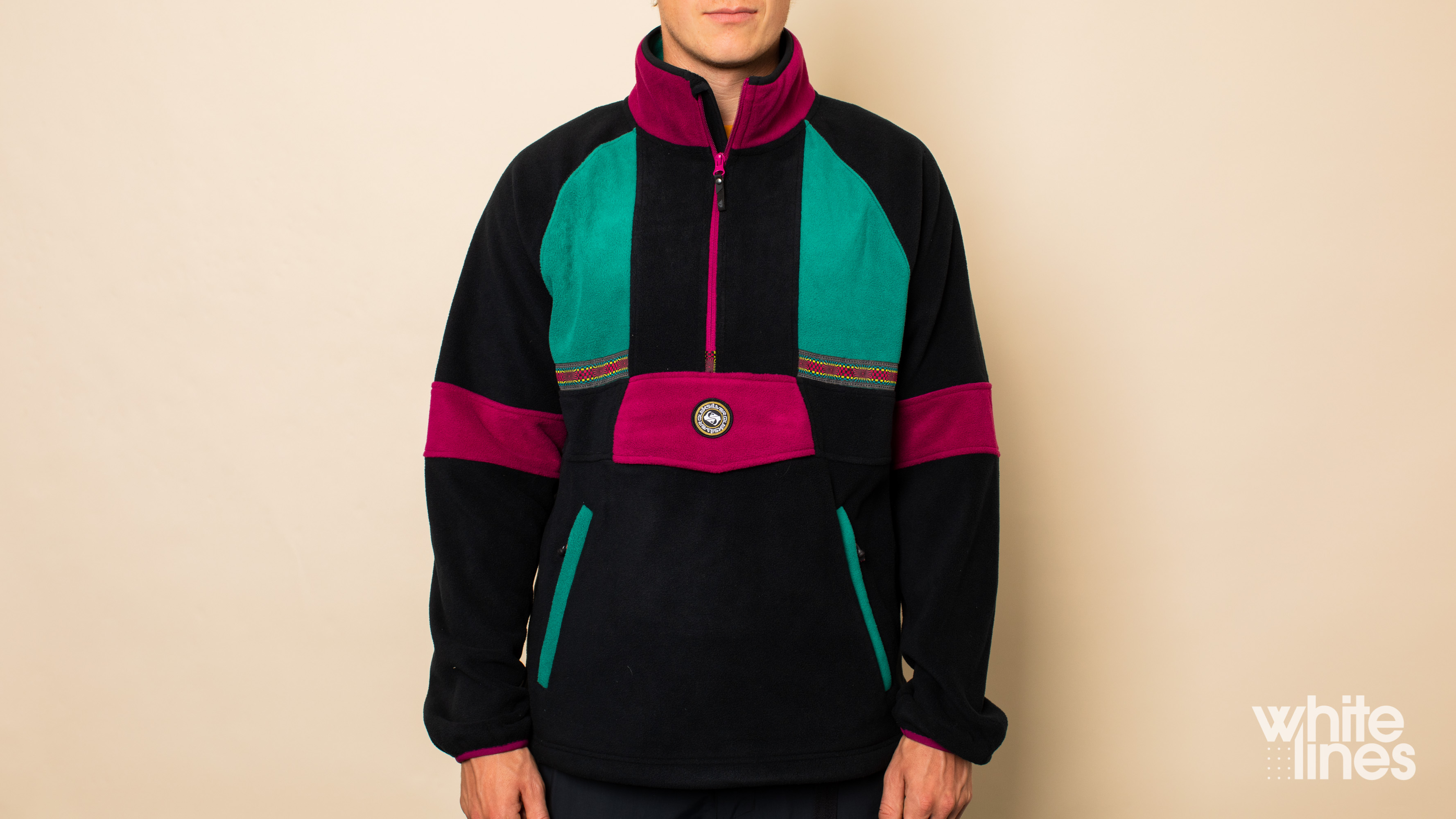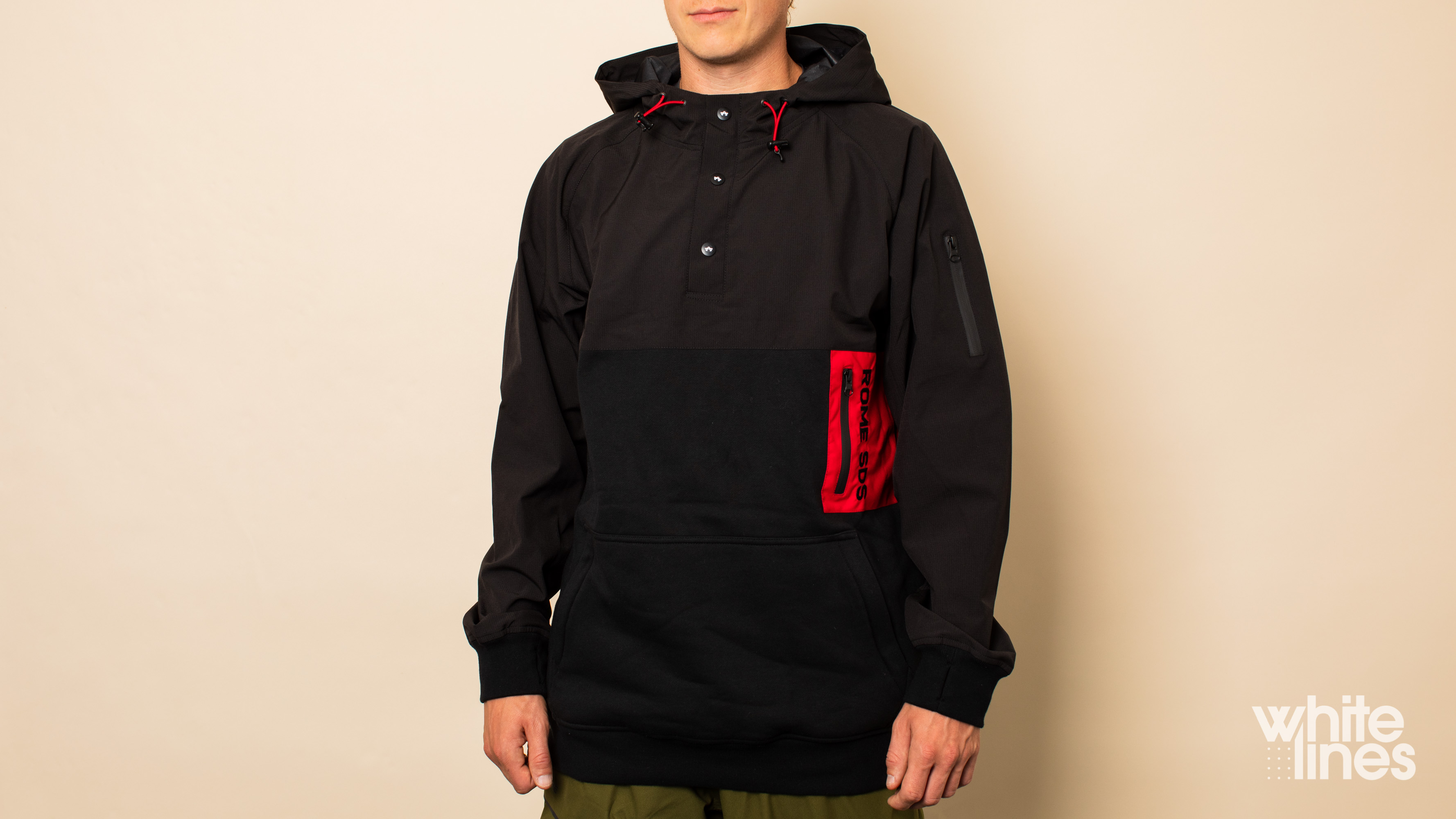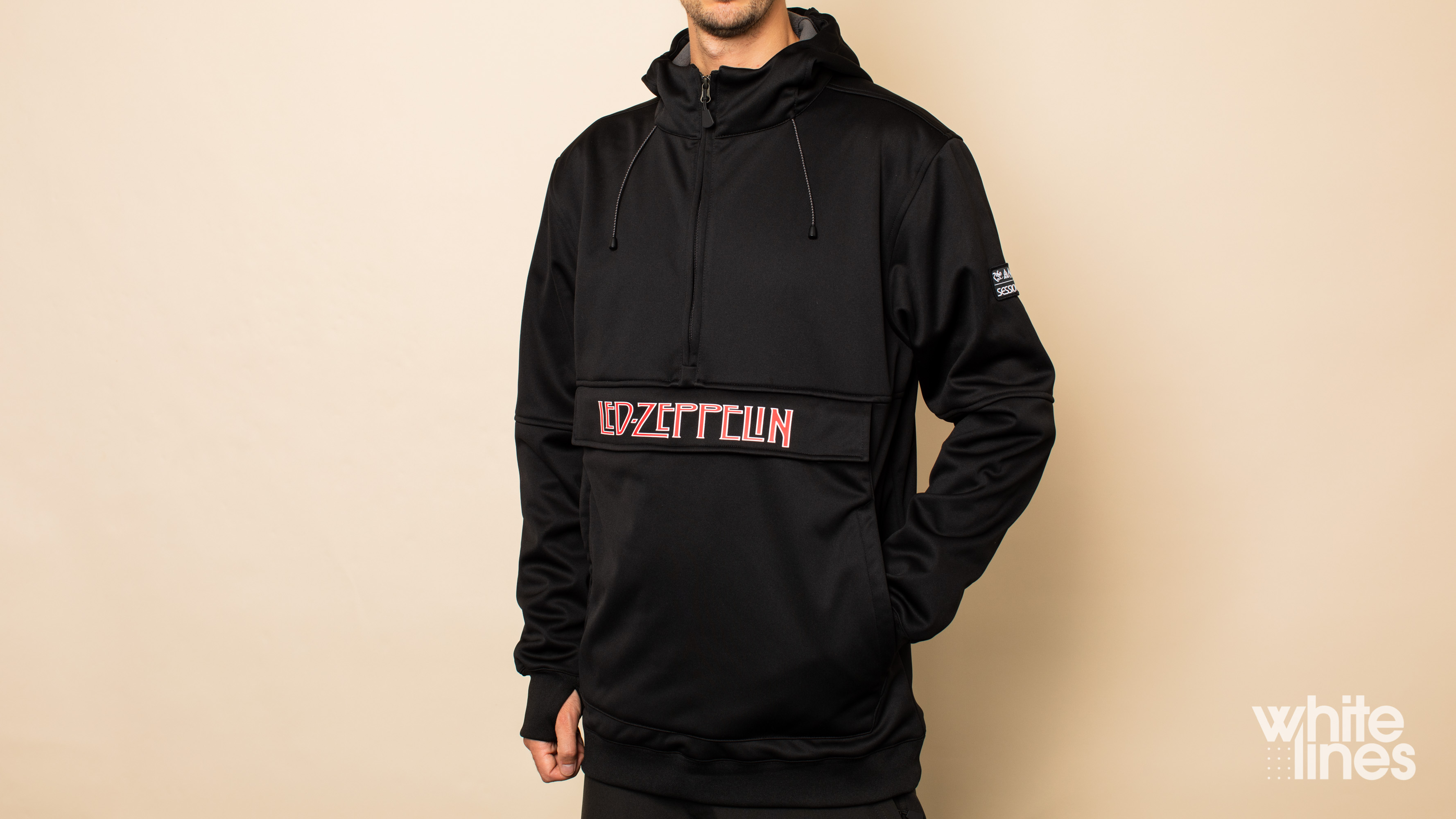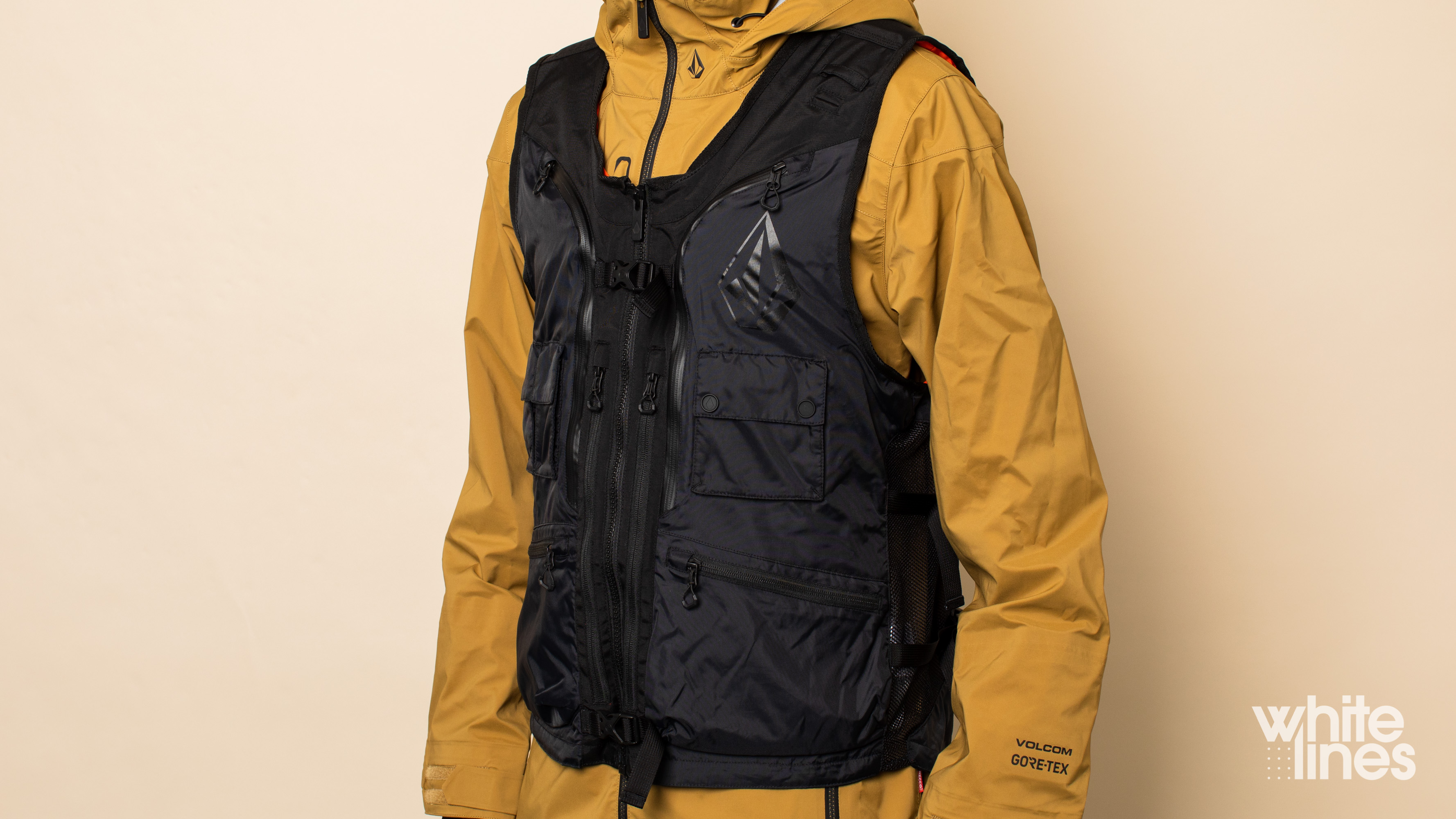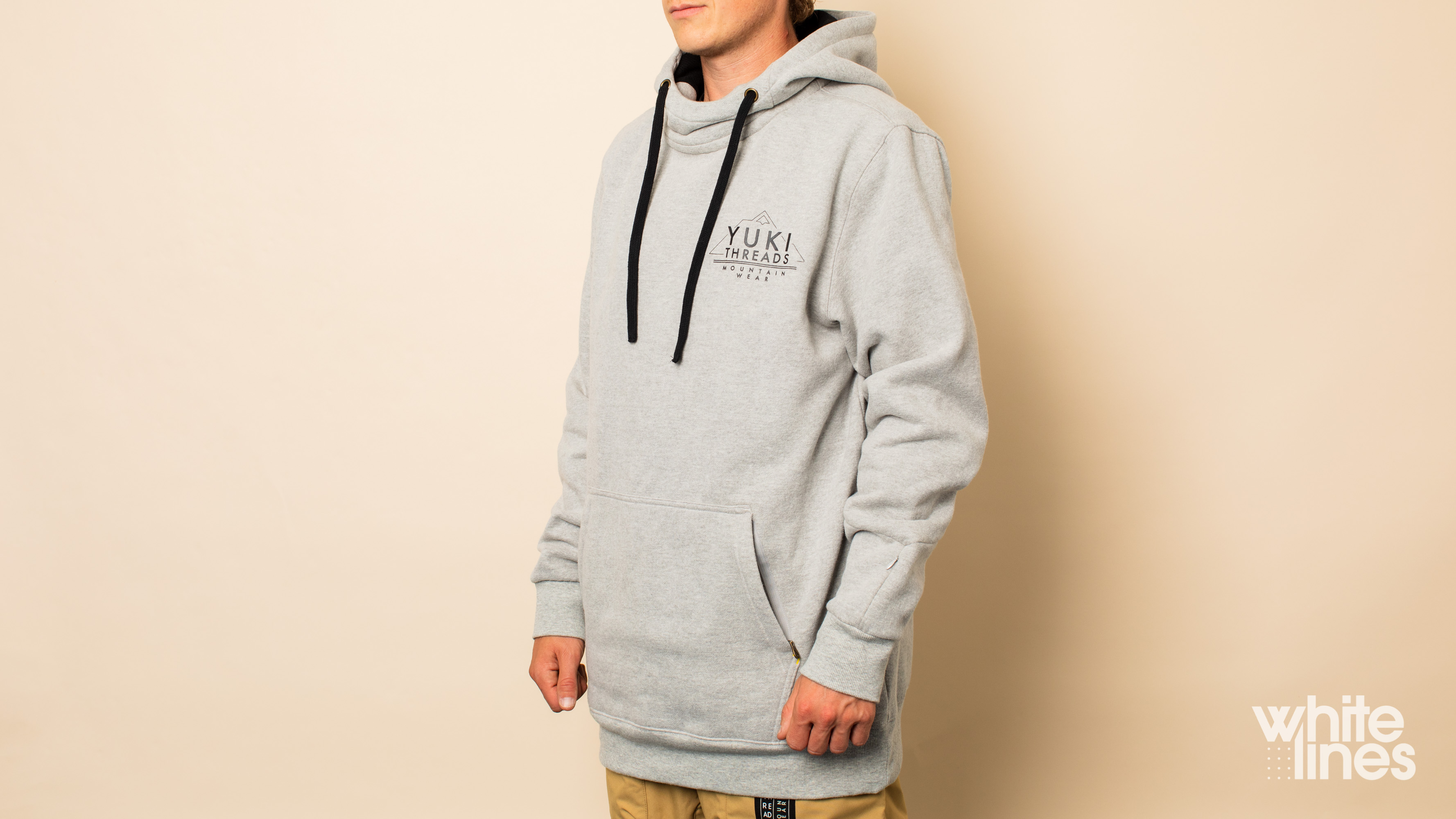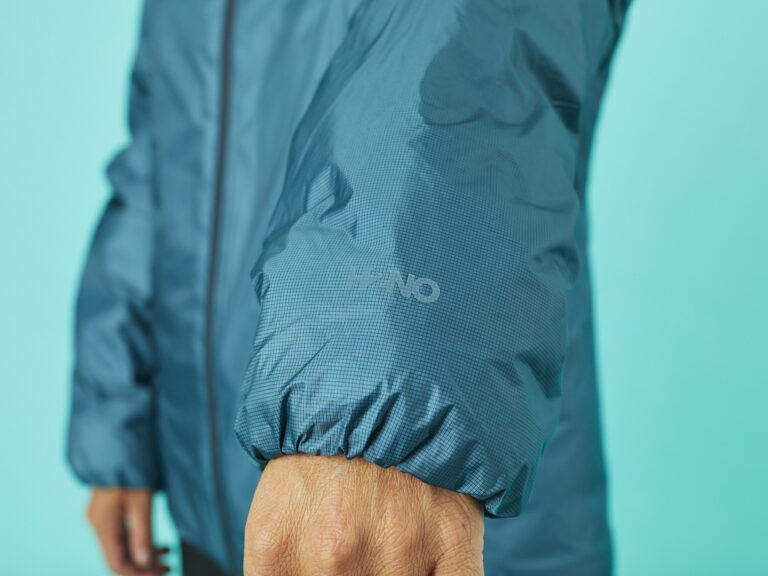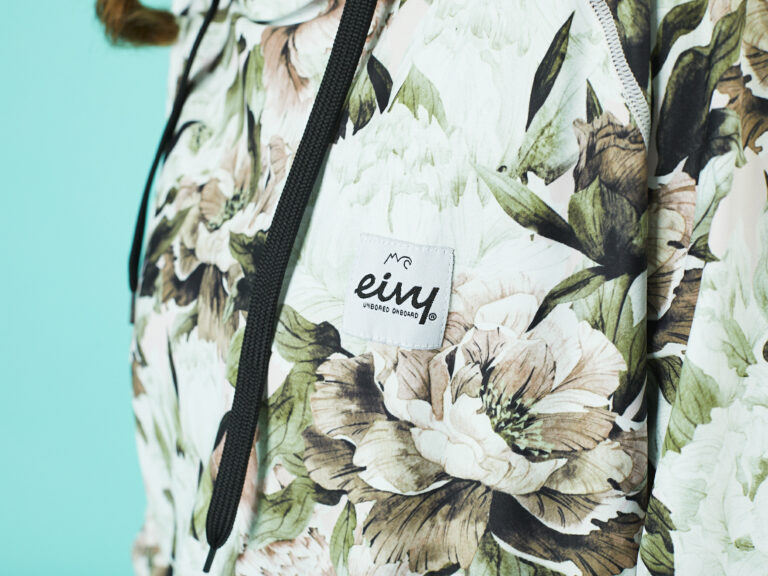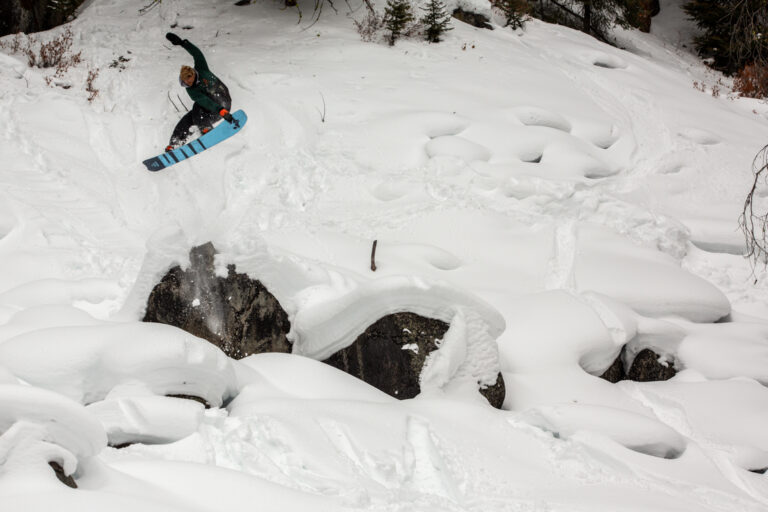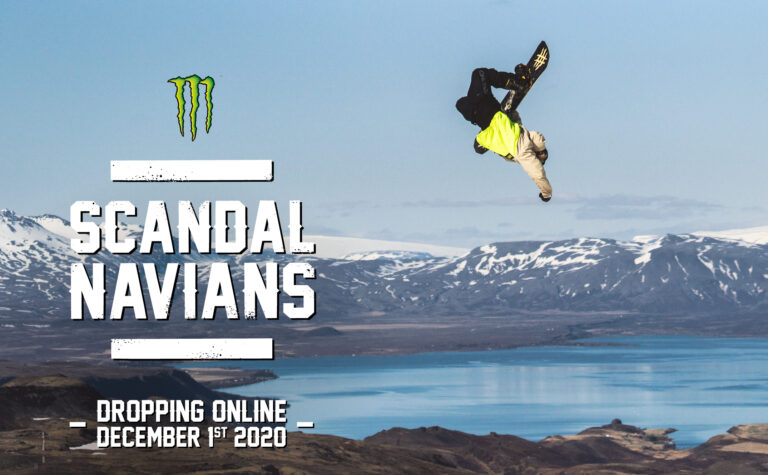Choosing the right mid-layer is where snowboarders often go wrong. Sure, you could wear one of your cotton hoodies but why would you when a heavy piece of cotton is one of the worst materials to wear whilst doing any form of exercise? Cotton, you see, retains moisture which means that if you sweat a lot the moisture won’t leave your mid-layer (leaving you cold and miserable by the end of the day).
Choosing the right mid-layer is important. A mid-layer sits between your base layer and your outerwear, and its main purpose is to keep you warm by trapping the body heat within the fabric instead of letting it escape into the cooler outside air. Look at it like this. The base layer moves moisture away from your body, whilst the outer layer keeps the elements at bay. The mid-layer is there to keep you warm – provided you’ve chosen well that is.
“A good mid-layer should be breathable and able to retain heat”
How to choose the right mid-layer? A good mid-layer should be breathable and able to retain heat. Similar to outerwear, it is important for a mid-layer to be able to breathe to prevent sweat from building up in between the mid-layer and base layer, only to leave you cold once your body temperature drops.

Fleece
A classic fleece is a good option for a mid-layer. As a material, fleece doesn’t absorb moisture and dries quickly – allowing the sweat to leave the fabric which’ll stop you from getting cold. Fleece is made by napping a polyester fabric, giving it more thickness and creating air pockets for insulation.
“As a material, fleece doesn’t absorb moisture and dries quickly”
The ones looking to replace their cotton hoodies may find fleece to be their best option. During the last few years, a lot of brands have stepped up their fleece game. Not only do many brands use recyclable plastic in the production process, they’ve also got increasingly creative with the patterns and colours meaning you’ll look cool too.
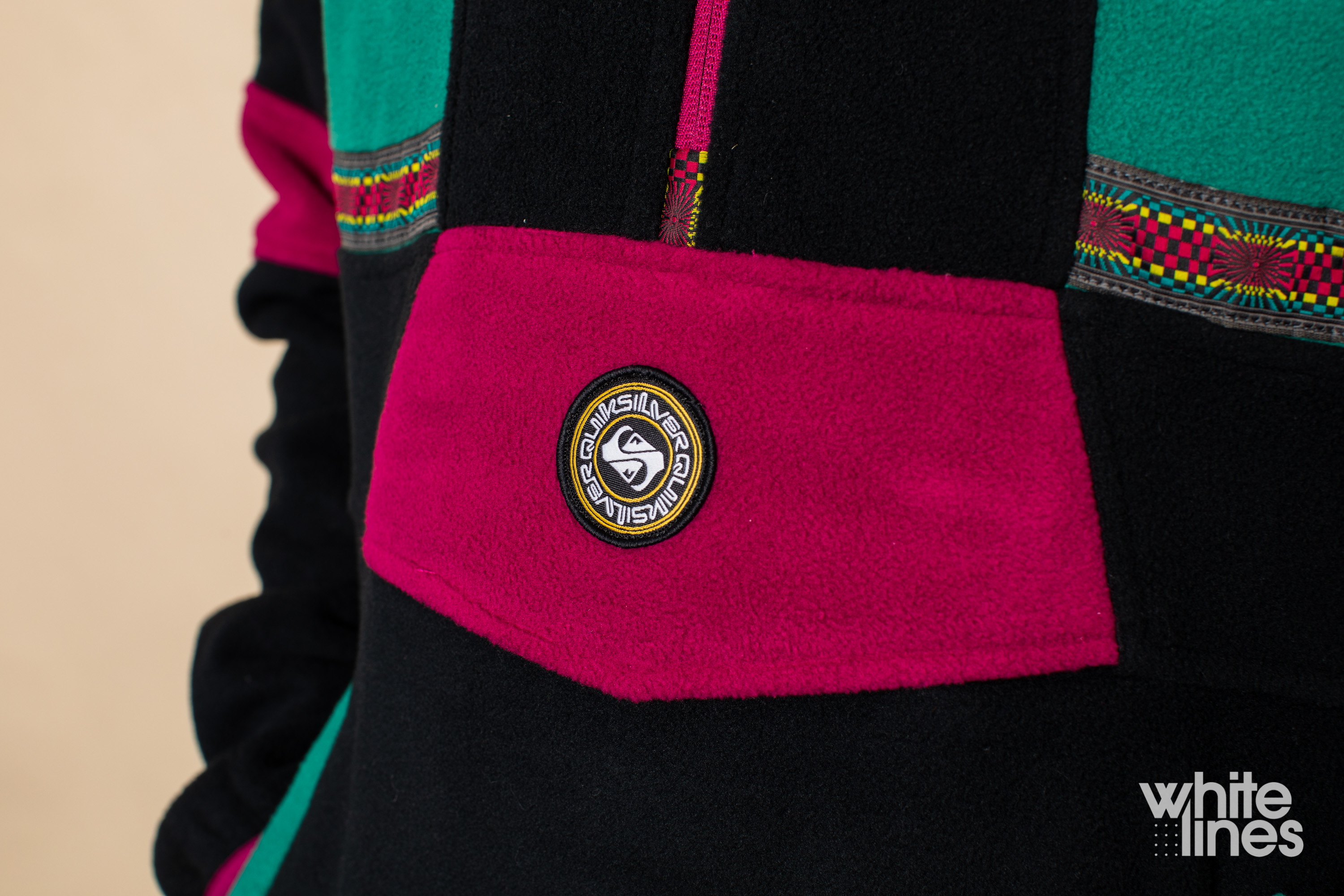
One thing we’ll add here is that you should try to avoid washing your fleece too often, and when you do use a washing bag (GuppyFriend makes good ones). Fleece is made out of plastic and sheds microfibers when washed. These microfibers then make their ways into the oceans, polluting the waters with plastic (something we’re working hard to prevent).
Fleece might not be the lightest option but it’s comfortable, breathable, and keeps you warm. It’s also one of the cheaper options for a good mid-layer.
Synthetic Insulation
Synthetic insulation is a good alternative to real down as it provides warmth whilst retaining heat more effectively than actual down if damp. It doesn’t, however, have quite the same warmth-to-weight ratio as real down – nor is it as compressible or durable. It does, however, continue insulating when wet as the polyester fibres used to create synthetic down absorb nearly no moisture. If you’re about to face more damp / humid conditions, synthetic insulation might be the best way to go.
“If you’re about to face more damp / humid conditions, synthetic insulation might be the best way to go”
In terms of price, synthetic insulation is an affordable option as it often ranks between fleece and down insulation. Consider it a happy medium.
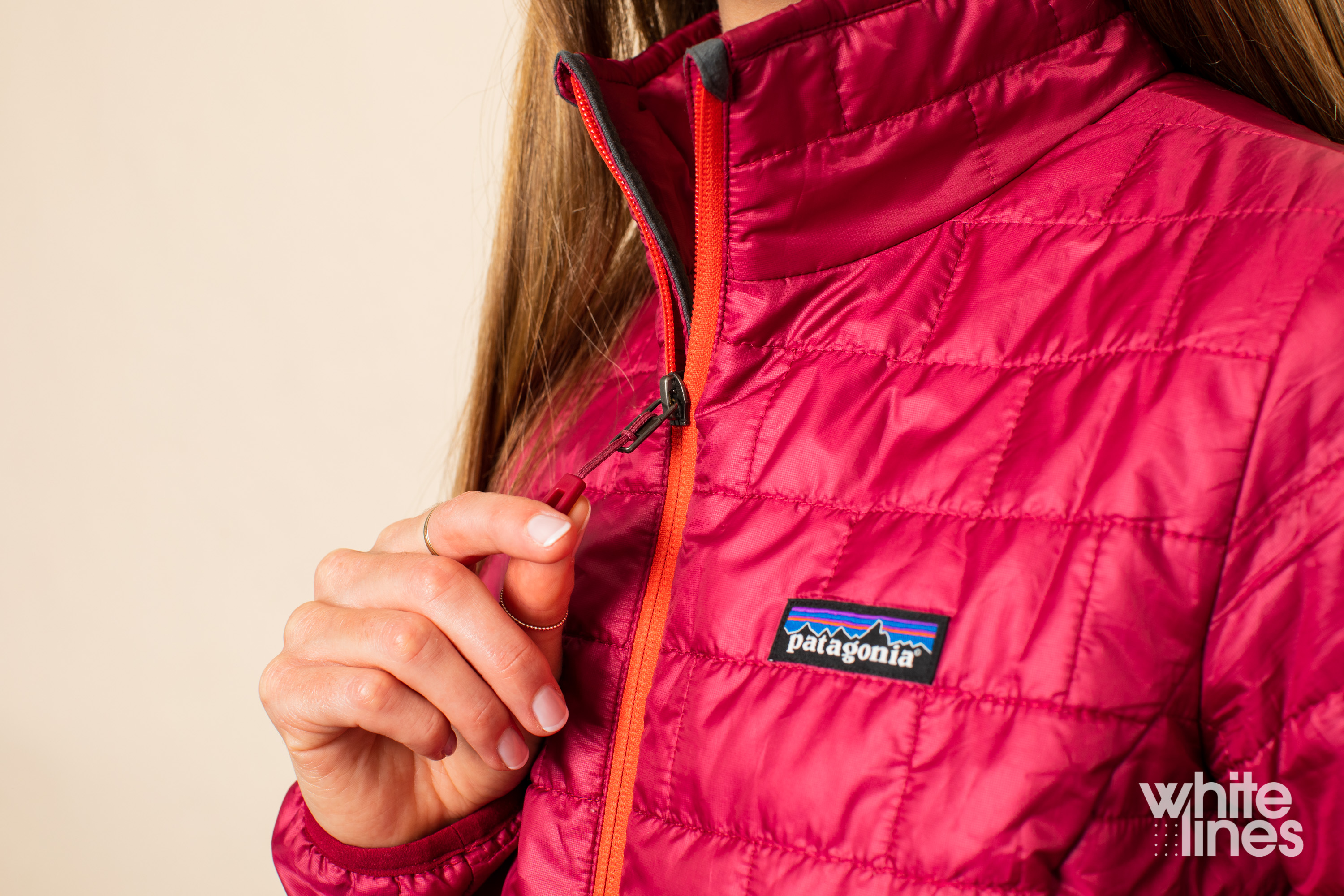
Down Insulation
If you’re about to tackle some serious cold, down insulation is your best option (helping to create the warmest mid-layers on the market). However, moisture makes down clump up, lose its ability to trap heat and thus stop it insulating as well as you’d like it to. This can happen from both outside and inside. When its wet, it takes a long time for down to dry.
When choosing a down product, you want to pay attention to the down fill power and fill weight. These are two different measurements, but combined they’ll give you an indication of the jacket’s warmth.
“If you’re about to tackle some serious cold, down insulation is your best option”
Down insulation relies on the lofts to trap the heat against your body. Fill power measures the quality of the clusters – the higher the fill power the higher the quality of the clusters. Usually, a mid-range fill power for down insulation falls somewhere between 550-650, whilst high-end insulations are everything above that. Fill weight tells you the total amount of down in the jacket, given in ounces.
When choosing down insulation, make sure it’s been produced using ethical standards, and that no animals have been subjected to unnecessary harm in the process. Read more about the Responsible Down Standard here.
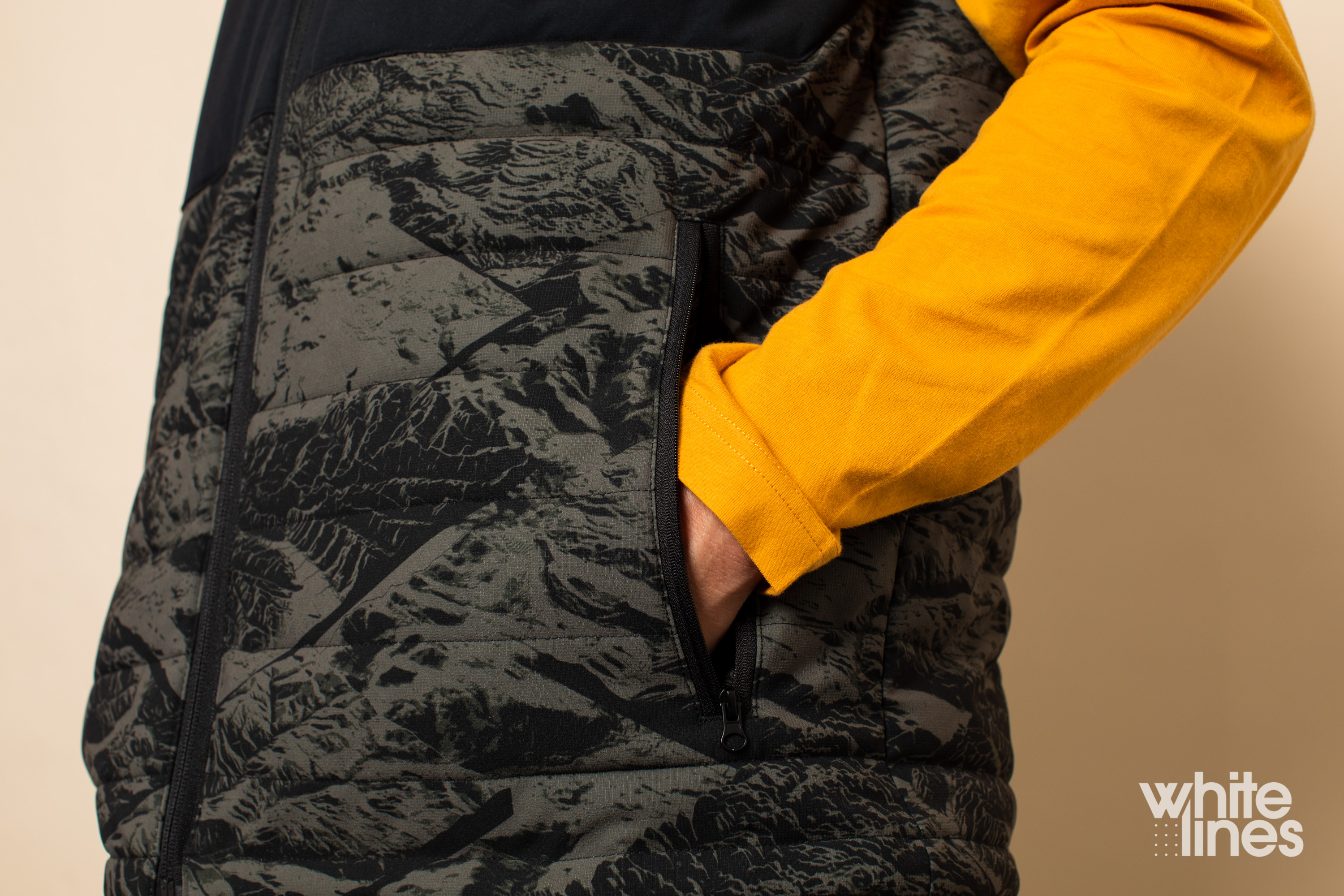
If you’re looking for a less technical solution to wear underneath your jacket, we’ve listed our favourite hoodies and jumpers for 20/21 in our Best Snowboard Accessories and Gifts listicle.

